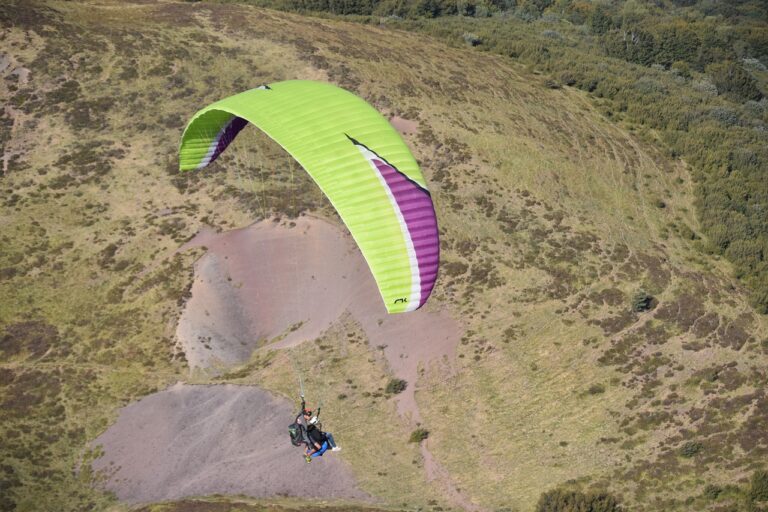Exploring the Potential of Virtual Labs in Science Education
Virtual labs provide a unique and interactive learning experience for students in science education. With virtual labs, students can conduct experiments in a simulated environment, allowing them to explore scientific concepts in a hands-on way. This immersive approach helps students understand complex theories and principles better by observing outcomes in real-time and making connections between theory and practice.
Furthermore, virtual labs offer a safe and cost-effective alternative to traditional laboratory settings. Students can engage in experiments without the need for expensive equipment or the risk of accidents, making science education more accessible to a wider range of learners. This flexibility allows students to repeat experiments multiple times, enhancing their understanding and retention of scientific concepts.
The Role of Virtual Labs in Enhancing Student Engagement
Virtual labs play a crucial role in engaging students in their science education. By providing a hands-on learning experience in a virtual environment, students are able to actively participate in experiments and simulations. This interactive approach not only captures their interest but also motivates them to explore and understand scientific concepts in a more practical and engaging manner.
Furthermore, virtual labs offer students the opportunity to learn at their own pace and independently. With access to a wide range of experiments and resources online, students can delve deeper into topics that interest them the most. This personalized learning experience not only fosters a deeper understanding of scientific principles but also encourages student autonomy and critical thinking skills.
How Virtual Labs Can Improve Accessibility to Science Education
Virtual labs have the potential to revolutionize science education by breaking down physical barriers. Students no longer need access to expensive laboratory equipment or physical facilities to conduct experiments. This increased accessibility allows learners from diverse backgrounds and locations to engage in hands-on scientific exploration.
Furthermore, virtual labs provide a flexible learning environment that can be accessed anytime and anywhere with an internet connection. This flexibility accommodates individual learning paces and preferences, fostering a more inclusive approach to science education. By eliminating the constraints of traditional laboratories, virtual labs open doors for students who may have previously been unable to participate fully in science experiments.
• Virtual labs break down physical barriers in science education
• Students no longer need access to expensive laboratory equipment or physical facilities
• Increased accessibility allows learners from diverse backgrounds and locations to engage in hands-on scientific exploration
• Flexible learning environment can be accessed anytime and anywhere with an internet connection
• Accommodates individual learning paces and preferences, fostering a more inclusive approach to science education
• Eliminates constraints of traditional laboratories, opening doors for students who may have previously been unable to participate fully in science experiments
What are some benefits of using virtual labs in science education?
Virtual labs provide a safe environment for students to conduct experiments, offer unlimited access to resources, and can be accessed from anywhere with an internet connection.
How do virtual labs enhance student engagement in science education?
Virtual labs allow for interactive learning experiences, offer instant feedback on experiments, and cater to different learning styles through multimedia elements.
How can virtual labs improve accessibility to science education?
Virtual labs eliminate the need for physical equipment, reduce costs associated with traditional labs, and provide opportunities for students who may not have access to a traditional lab setting.







